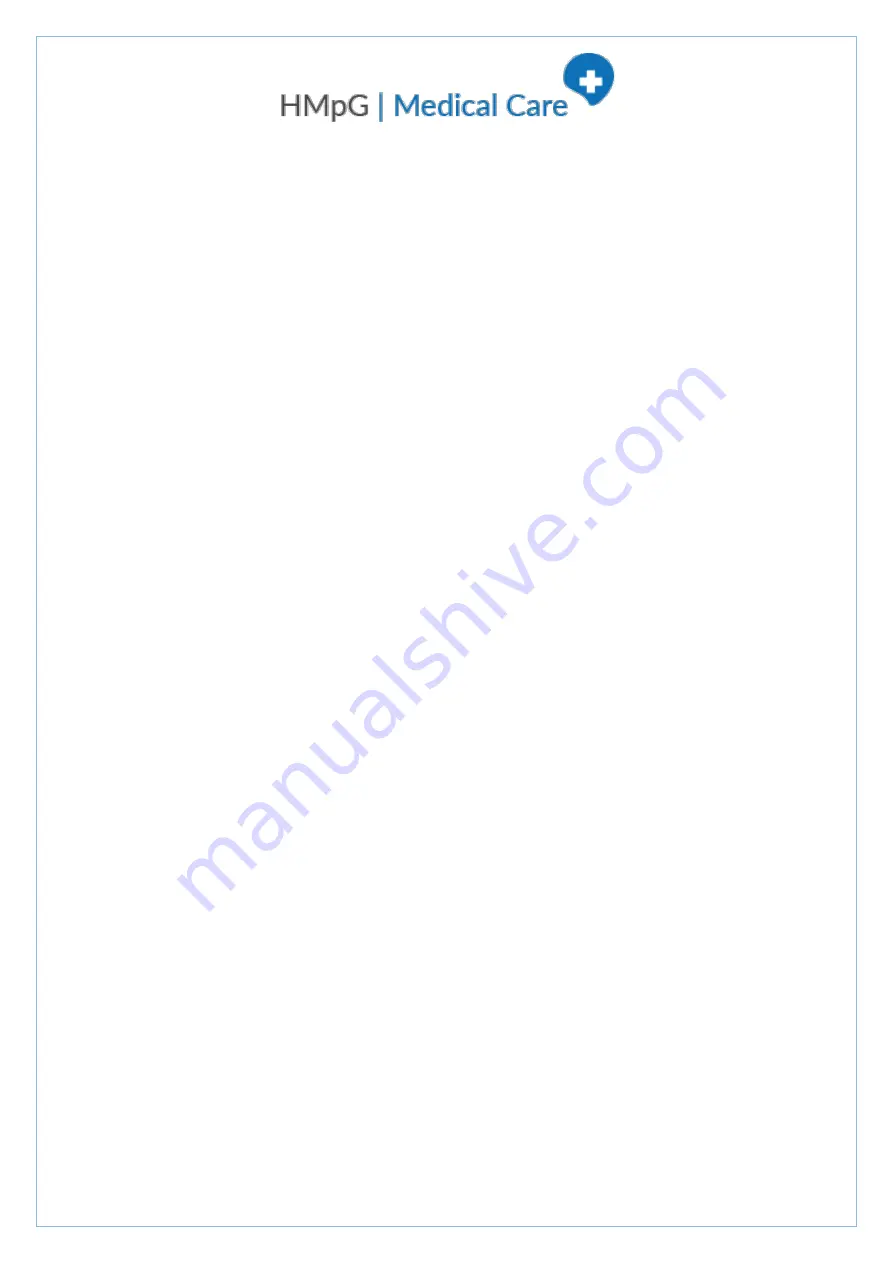
Respirator - Filtering half mask for protection
against particles
DIN EN 149:2001+A1:2009
FFP3 NR
9980V
How to use:
1.
Check for obvious defects (e.g. breaks, tears) and functionality before use.
2.
When putting on the mask, make sure that it fits securely. Beards or deep scars may
cause leakage between the mask and the face, endangering the user.
3.
Incorrect use may result in serious physical damage.
4.
This mask must not be used in potentially explosive atmospheres.
5.
Not suitable for escape purposes.
Putting on the mask:
1.
Pull the lower headband over your head and position it at the back of your neck.
2.
Place your chin in the mask, then pull it over your nose.
3.
Position the upper headband above your ears.
4.
Press the nose clip against your nose with both index fingers and adjust.
5.
Check that the mask is fitted securely
–
readjust if air escapes.
Use:
1.
Protection against toxic and harmful dusts, smoke and aerosols.
2.
When handling carcinogenic or radioactive substances and pathogens such as viruses,
bacteria and fungal spores, the use of an FFP3 mask is recommended.
3.
Total leakage must not exceed 5%.
4.
The occupational exposure limit may only be exceeded by a maximum factor of 30.
Protection class FFP3 respirators offer the greatest possible protection against air pollution. With
a maximum total leakage of 5% and a required protection of at least 99% against particles up to a
size of 0.6 μm they are capable of filtering toxic, carcinogenic and radioactive particles. These
respirators can be used in working environments where the occupational exposure limit is
exceeded by up to 30 times the industry-specific value. They are, for example, used in the
chemical industry.
















